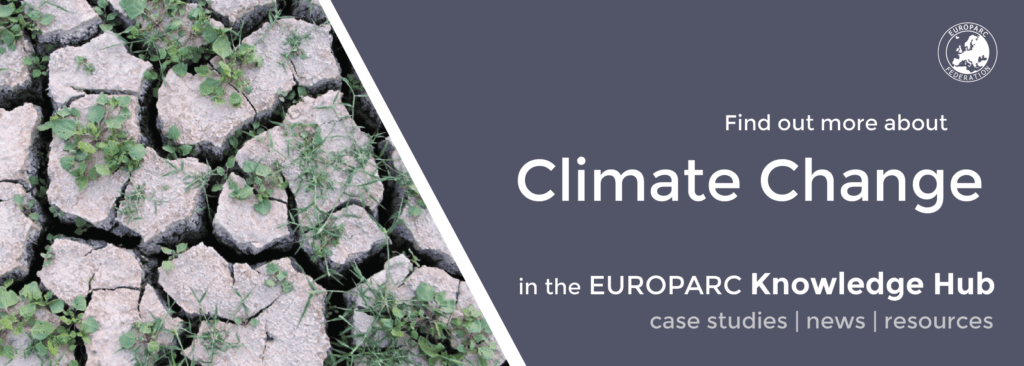Time to restore nature – but where?
Collserola nature park Oak Forest - Autor Robert Peña
A new study published in the magazine “Nature” highlights that restoring nature, is a low-cost and highly effective method to store carbon and battle biodiversity loss. However it strongly depends on how and where it is done.
To mitigate the climate crisis, carbon storage will be of great importance. Trees are experts at this so called “carbon sequestration”, which is partly the reason why the new EU Green Deal calls for 3 billion trees to be planted in the upcoming 10 years.
However, actively planting new trees is not the only solution. A new study by Bernando B.N. Strassburg et. al. shows that rewilding is a highly effective method to combat biodiversity loss AND store carbon. The study, published in the magazine “Nature” found that:
restoring 15% of converted lands in priority areas could avoid 60% of expected extinctions while sequestering 299 gigatonnes of CO2 — 30% of the total CO2 increase in the atmosphere since the Industrial Revolution.
The research looked at where this nature restoration would be most effective – and what the costs are. Currently, only 1% of finances devoted to combat climate change globally are put towards restoring nature, however the research found that it is one of the most cost effective methods to absorb and store carbon dioxide from the atmosphere, with wildlife protection being an additional benefit.
The “how and where”
The costs and benefits of nature restoration greatly depend on where AND how it is done. Planting trees in itself may be a great idea to mitigate climate change, however planting trees in areas that were previously not forested can have adverse effects on biodiversity levels in that area.
To yield the best results, the study found that it is important to take a multi-benefit approach. This means that when a natural area is restored with only one benefit in mind – for example carbon sequestration – it will not yield the best results for biodiversity conservation and restoration. Researchers encouraged that restoration should be done with three criteria in mind: climate change mitigation, biodiversity benefits, and costs:
Optimising for all three criteria simultaneously yields a solution that would achieve 91% and 82% of potential gains for biodiversity and climate-change mitigation respectively, while maximising cost-effectiveness.
This study is further evidence that the answer also lies in nature, something Protected Areas have long known. Protected Areas are central to protect and restore nature in an effective way.
At the EUROPARC Federation, we are glad that the new Biodiversity Strategy recognizes their importance, it is now time to adequately put the strategy into practice.
Sources:
Article: Prioritizing where to restore Earth’s ecosystems, Nature Magazine
